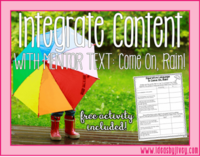
Integrate With The Text: Come On, Rain!
One of the most common struggles teachers face is tackling TIME. There simply isn’t enough of it to cover all the skills and standards we

One of the most common struggles teachers face is tackling TIME. There simply isn’t enough of it to cover all the skills and standards we
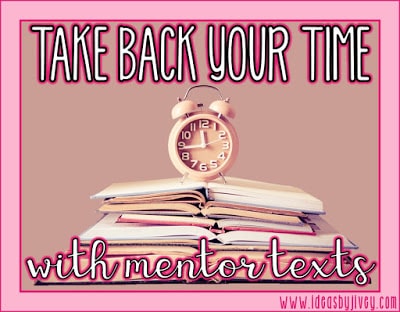
Time is precious. There is NEVER enough of it!! But, what if there was a way you could take back some of that time? Would
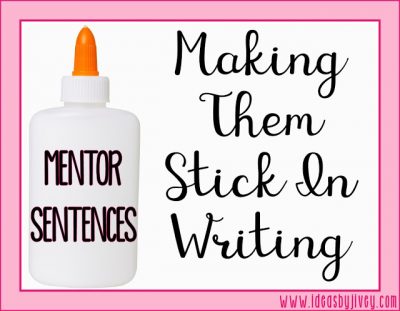
I am often asked by people who use mentor sentences, “How can I get the kids to carry these skills over into their writing?” Remember,
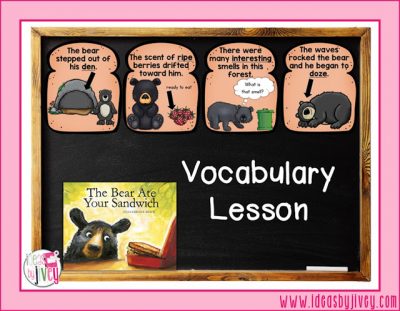
I am teaming up with The Reading Crew to bring you all you need to teach some amazing mentor text lessons this fall! The Bear

I absolutely LOVE getting the most bang for my buck, don’t you? Time is such a precious commodity in the classroom, so any time
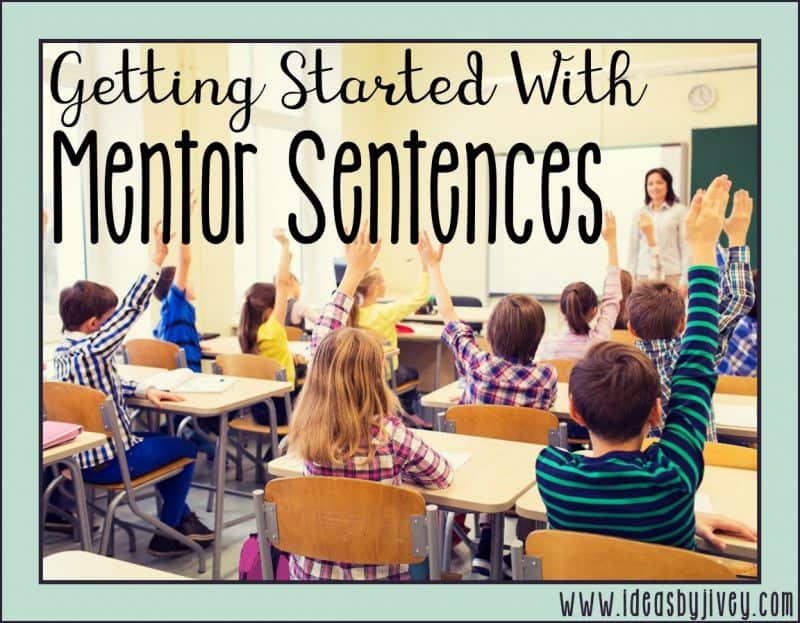
Some common emails I get when people are ready to start mentor sentences, or are in the first week and feel like it’s not going